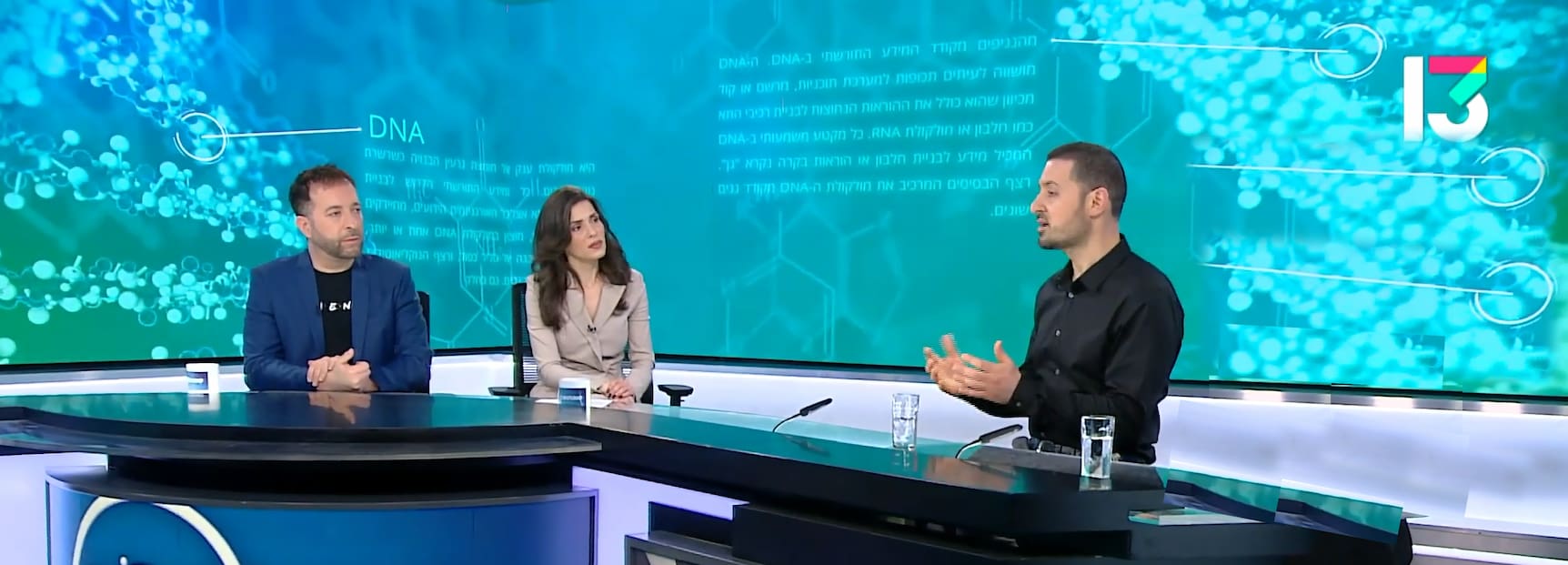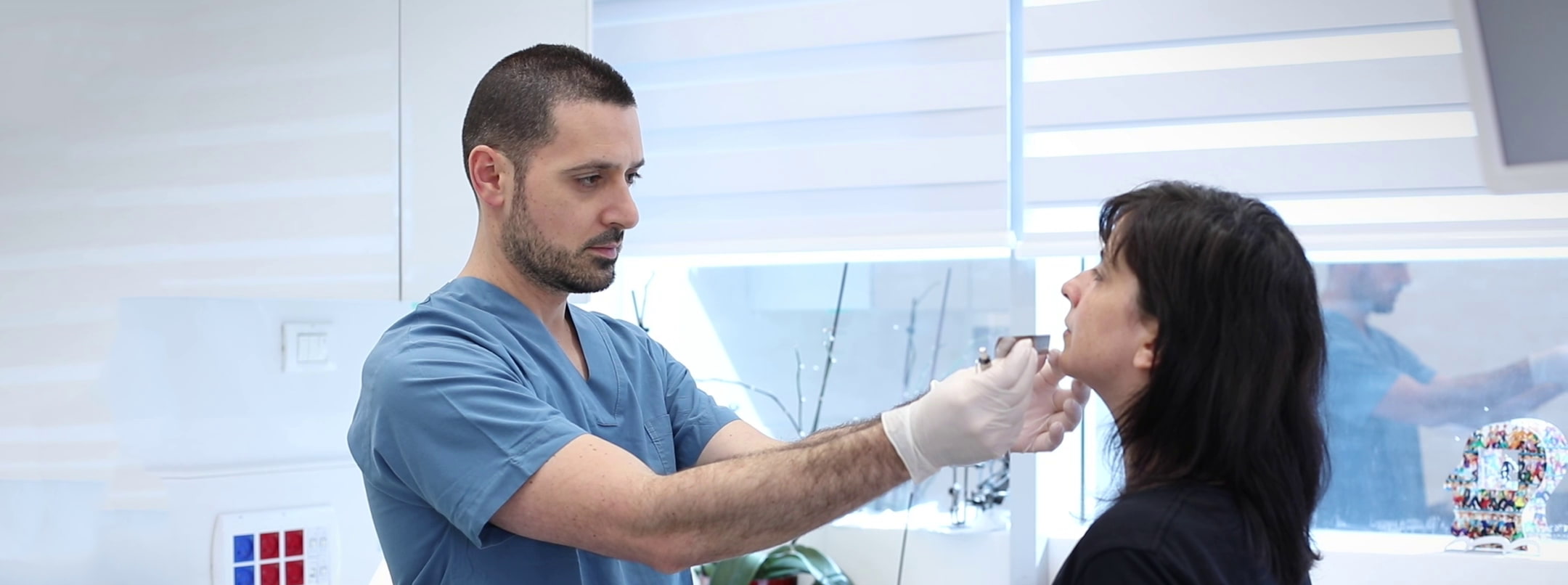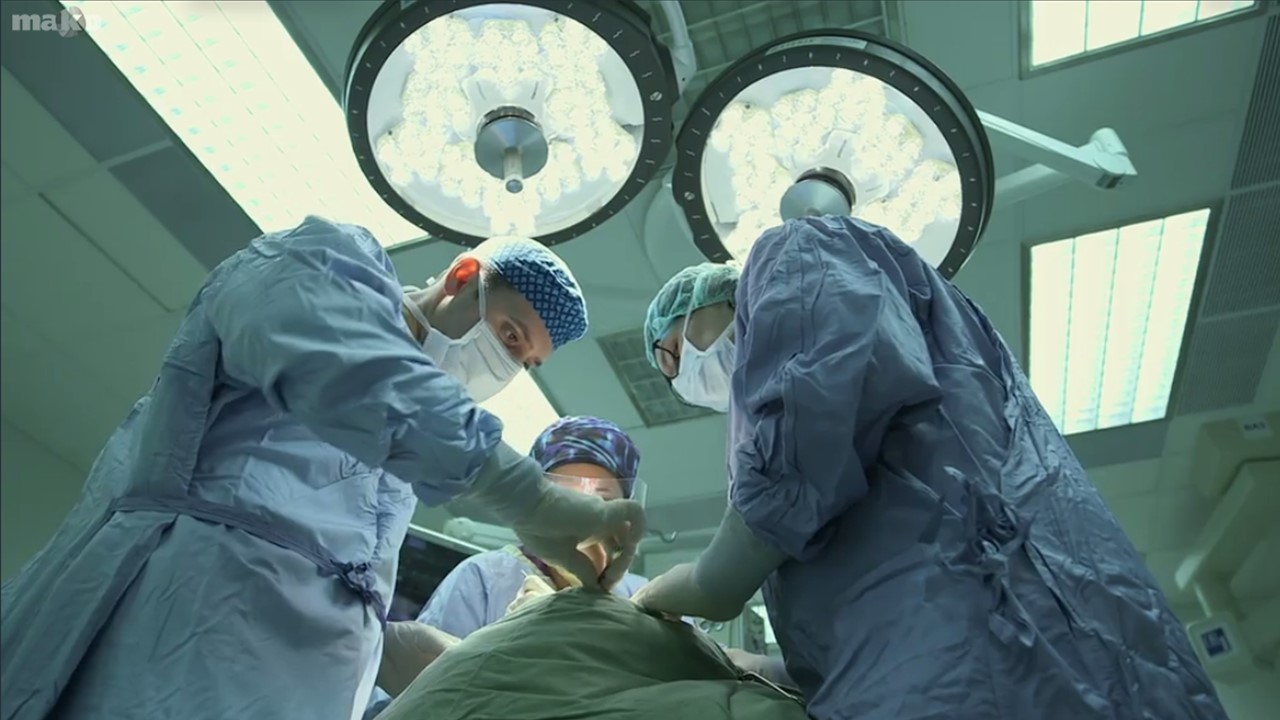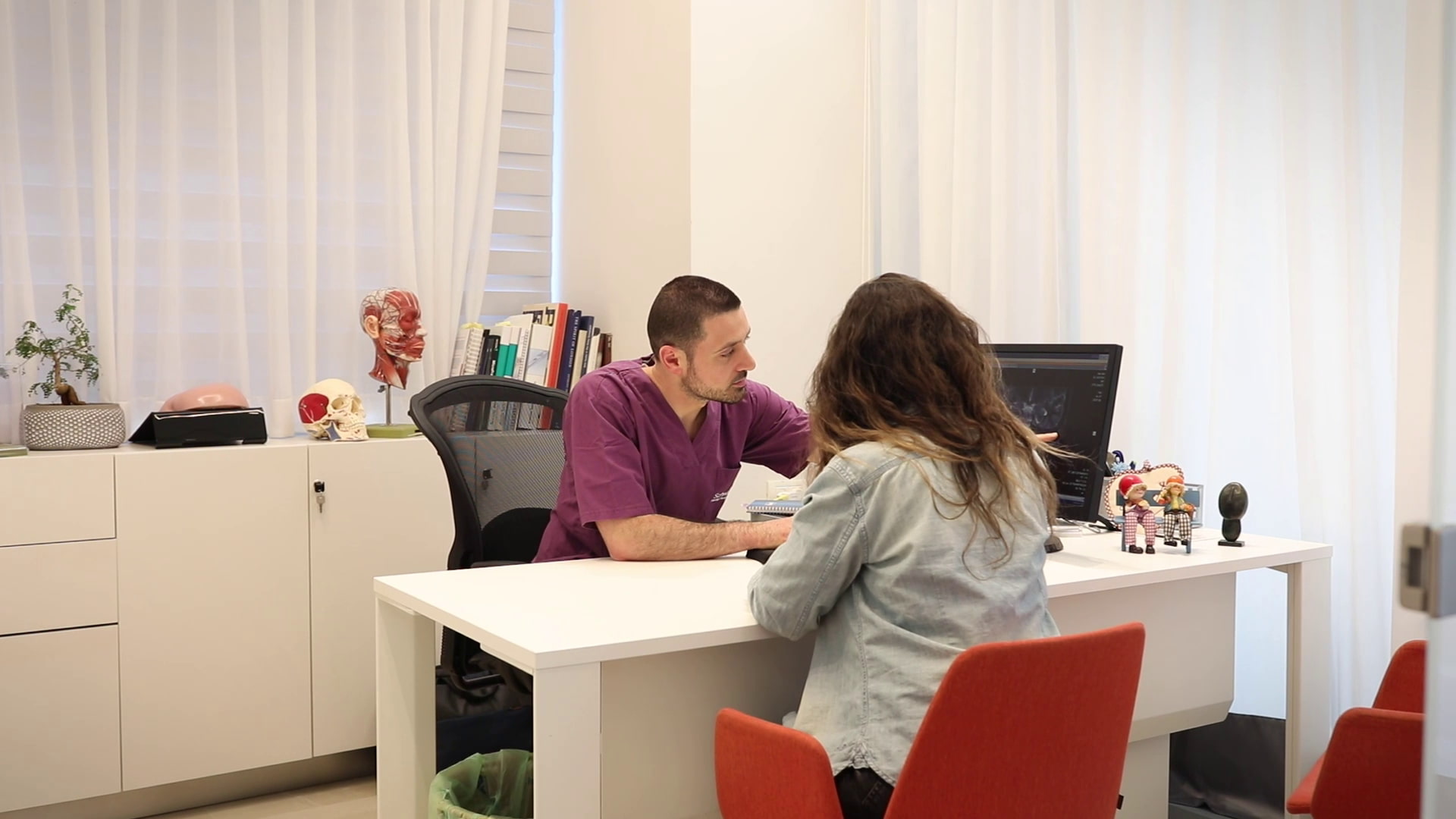
# Bruxism (teeth grinding)
Clenching or grinding of teeth that is not part of the chewing function is considered pathological. The phenomenon can be asymptomatic or it can manifest with various symptoms such as facial and jaw pain, headaches, enlargement of the jaw muscles, ear pain, tooth sensitivity, tooth fractures, tooth mobility, fatigue while chewing, sensitivity in the jaw joints, limited mouth opening, and more.
Bruxism can have various patterns: grinding, clenching, diurnal, nocturnal, and combinations. The cause of the phenomenon in most cases is unknown.
Treatment of bruxism is often multimodal and includes occlusal splint (mouth guard), medications (such as muscle relaxants), physical therapy, chiropractic, osteopathy, and injecting botulinum toxin into the hyperactive chewing muscles.
Treatment goal is to eliminate the clenching/grinding habit or at least reduce its’ intensity. Night splint is often the first line therapy. In addition, patients are educated to avoid harmful habits and refrain from hard and chewy foods. Botulinum toxin may be recommended when first-line therapies fail to achieve the desired result. The purpose of injecting Botox is to weaken the chewing muscles and thus relax the jaws. The effect of Botox is dose-dependent and the higher the dose, the more significant the relaxation of the chewing muscles. The effect is obtained within a week and lasts about 3-4 months.






